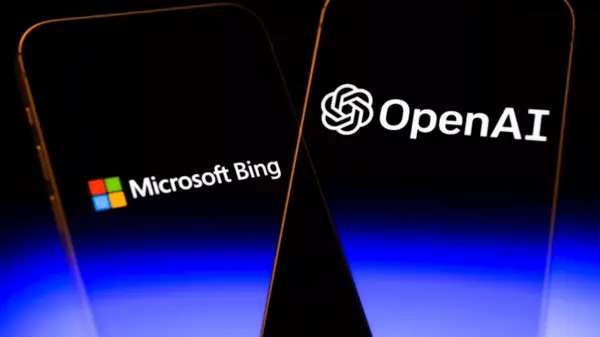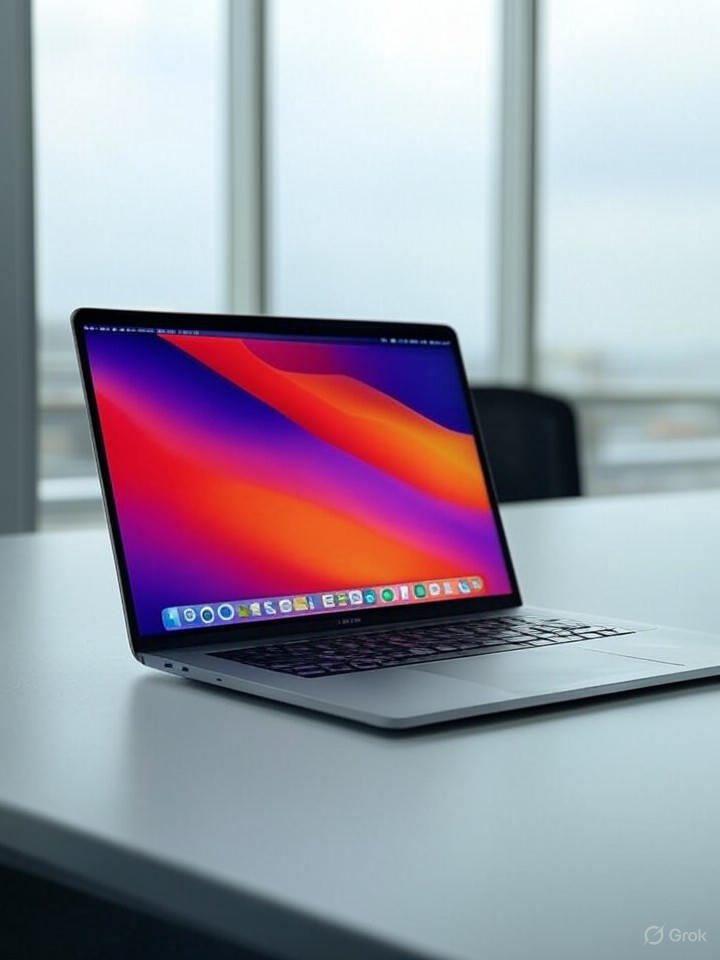Apple Inc. is reportedly shifting its long-standing stance against touchscreens in laptops. Analyst Ming-Chi Kuo revealed that the company is preparing to produce a touchscreen MacBook Pro with an OLED display, with mass production expected to commence in late 2026. This move, if confirmed, signals a significant transformation in Apple’s hardware strategy, merging features traditionally associated with both the Mac and iPad lines.
Kuo shared these insights on his Medium blog, detailing that the touchscreen will employ on-cell touch technology integrated directly into the OLED panel. This design choice eliminates the need for an additional touch layer, potentially preserving the sleek profile that MacBook users value. This report is consistent with earlier assertions from The Verge, which noted that Apple has been exploring the idea of touchscreen Macs for at least two years, as highlighted by Bloomberg’s Mark Gurman.
A Shift in Apple’s Design Philosophy
For years, Apple has maintained a clear distinction between its Mac and iPad products. Many executives, including the late Steve Jobs, publicly criticized the idea of touchscreens on Macs, likening it to the discomfort of raising one’s arm to interact with a vertical display. Nevertheless, as the iPad has evolved to feature more powerful chips and capabilities akin to macOS, the convergence of these two product lines appears increasingly inevitable.
Kuo’s recent update indicates that the touchscreen MacBook Pro will be part of a broader redesign that incorporates OLED technology from suppliers like Samsung and LG. This is not the first time such rumors have circulated; in 2023, The Verge reported speculations of a 2025 launch for a touch-enabled MacBook Pro, although timelines have since adjusted.
Industry insiders suggest that Apple’s consideration of user interactions on iPads, where touch functionality enhances productivity, is a driving force behind this potential change.
Implications for the Mac Ecosystem
Should Apple move forward with the touchscreen MacBook Pro, it could significantly alter how professionals engage with their devices. Features such as designers sketching directly on the screen or developers using gestures during code reviews could seamlessly integrate with forthcoming updates to macOS.
Kuo also mentioned that a separate, more affordable MacBook is anticipated for late 2025, which would feature an iPhone-like chipset but would not include touchscreen capabilities, as reported by Ars Technica. The supply chain dynamics are crucial in this scenario, with Samsung expected to lead in providing on-cell touch panels, aiming for mass production timelines that suggest a launch as early as 2027.
This development echoes sentiments expressed by MacRumors, indicating that Apple’s move toward a touchscreen Mac could position it more competitively against touch-enabled Windows laptops from companies such as Microsoft and Lenovo.
Despite the excitement surrounding these developments, challenges abound. Ensuring that the integration of touch technology does not compromise battery life or add bulk to the device will be vital. Furthermore, Apple must navigate the risk of confusing users who are accustomed to the clear distinctions between the iPad and Mac product lines.
Critics, including some longtime observers of Apple, have voiced concerns that this shift might blur the identity of the Mac as a precision-input device. Nevertheless, with the superior color accuracy and contrast offered by OLED technology, combined with touch capabilities, this MacBook Pro could capture the interest of creative professionals.
As analyzed by Lifewire, the potential for hybrid workflows is considerable. The industry will be closely monitoring Apple’s moves as it stands on the brink of a pivotal evolution in its product lineup, potentially redefining portable computing once again.


































































